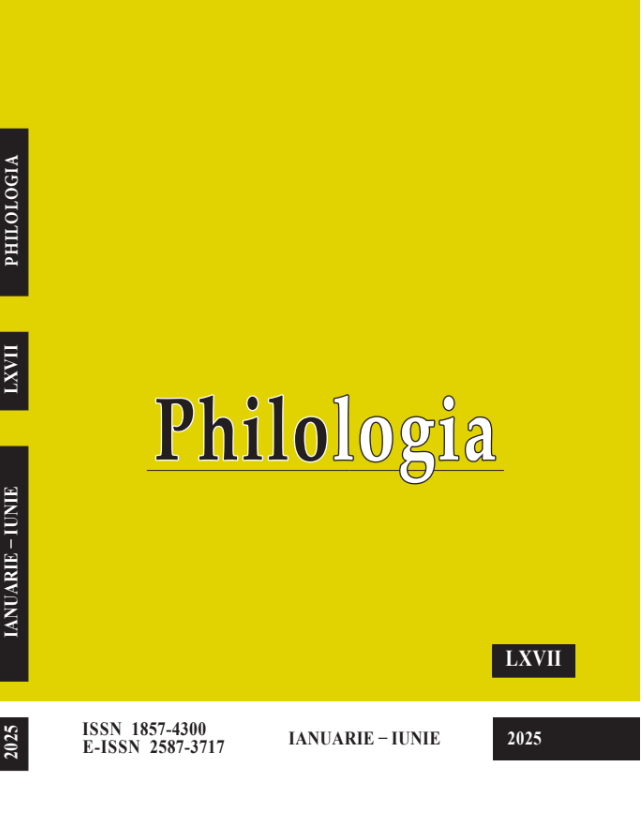Abstract
This study analyzes the role and process of translating journalistic headlines in online communication, emphasizing the importance of adapting them to the cultural and linguistic characteristics of the target language. The research is based on a comparative analysis of 20 journalistic headlines from the Republic of Moldova, both in Romanian and their corresponding English translations, examining the translation techniques applied and the strategies employed by translators. The results highlight a range of translation techniques, including borrowing, literal translation, transposition, modulation, equivalence, and adaptation, along with key translation strategies such as omission, functional adaptation, and text domestication. The conclusions underscore the necessity of adapting journalistic headlines to the cultural and linguistic traits of the target language, ensuring they deliver essential information clearly, concisely, and in a way that resonates with the target audience. The study also highlights the challenges and complexities of the translation process, stressing the need to balance fidelity to the source text with adaptation to the cultural context of the target language.

